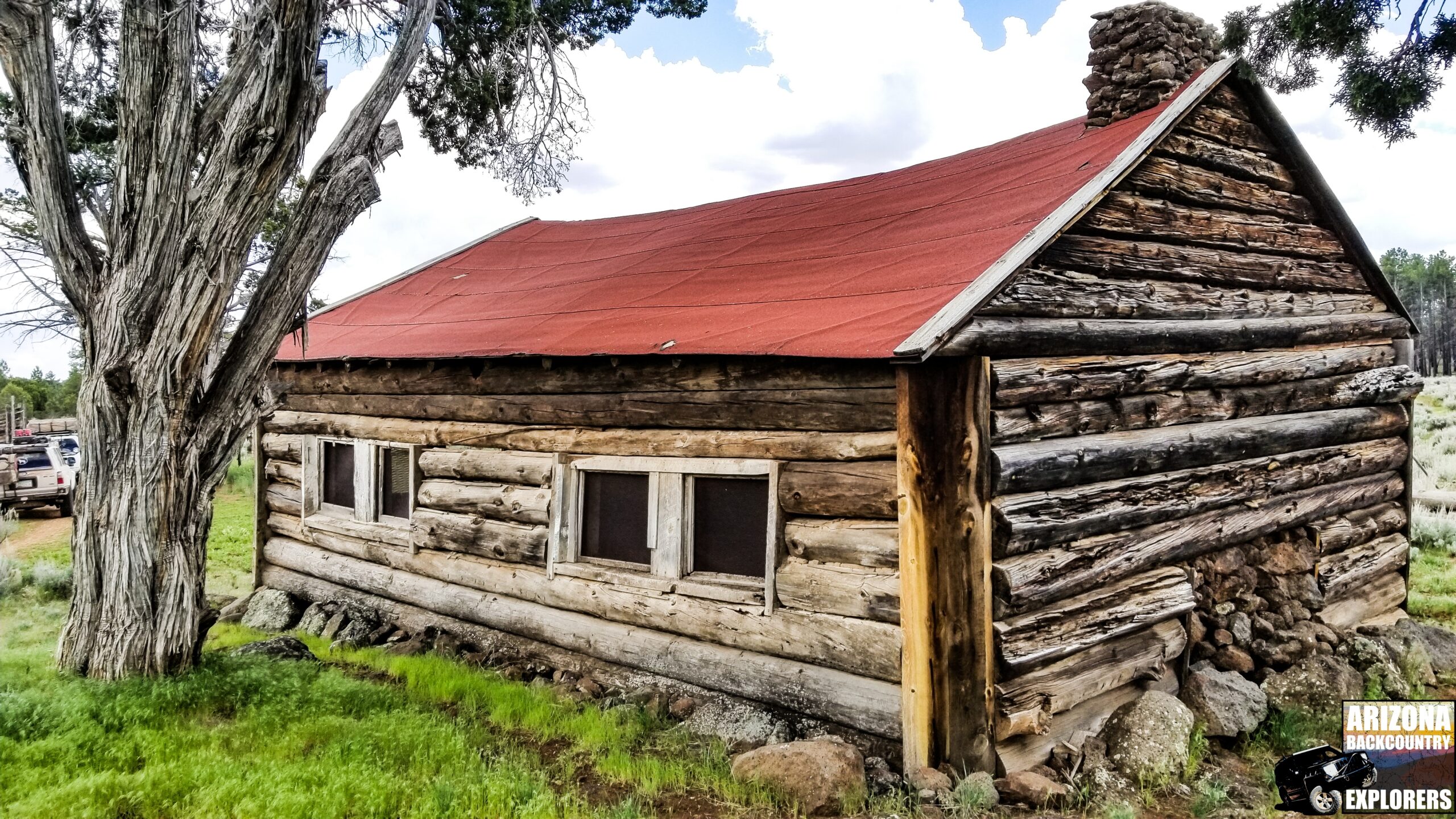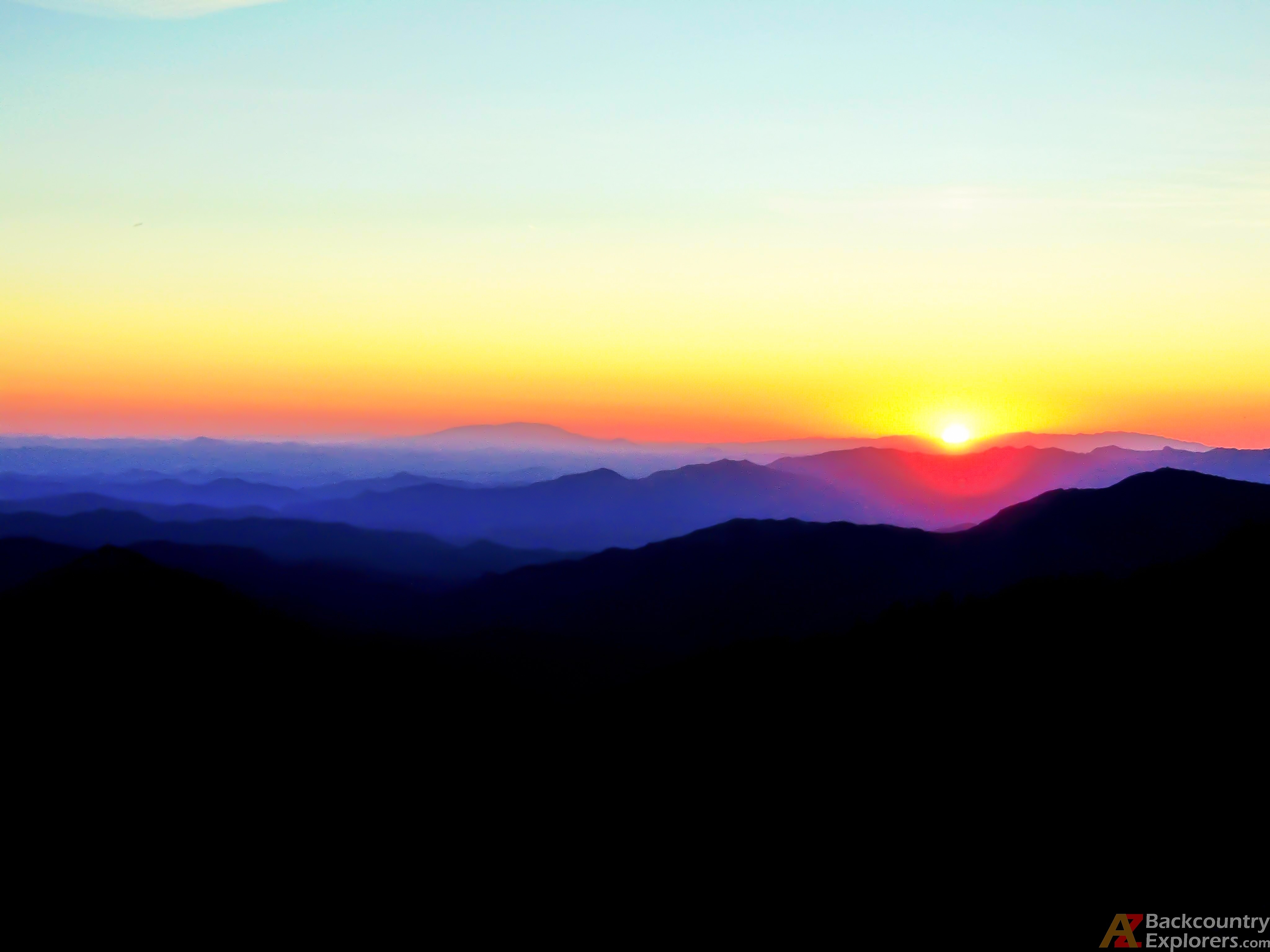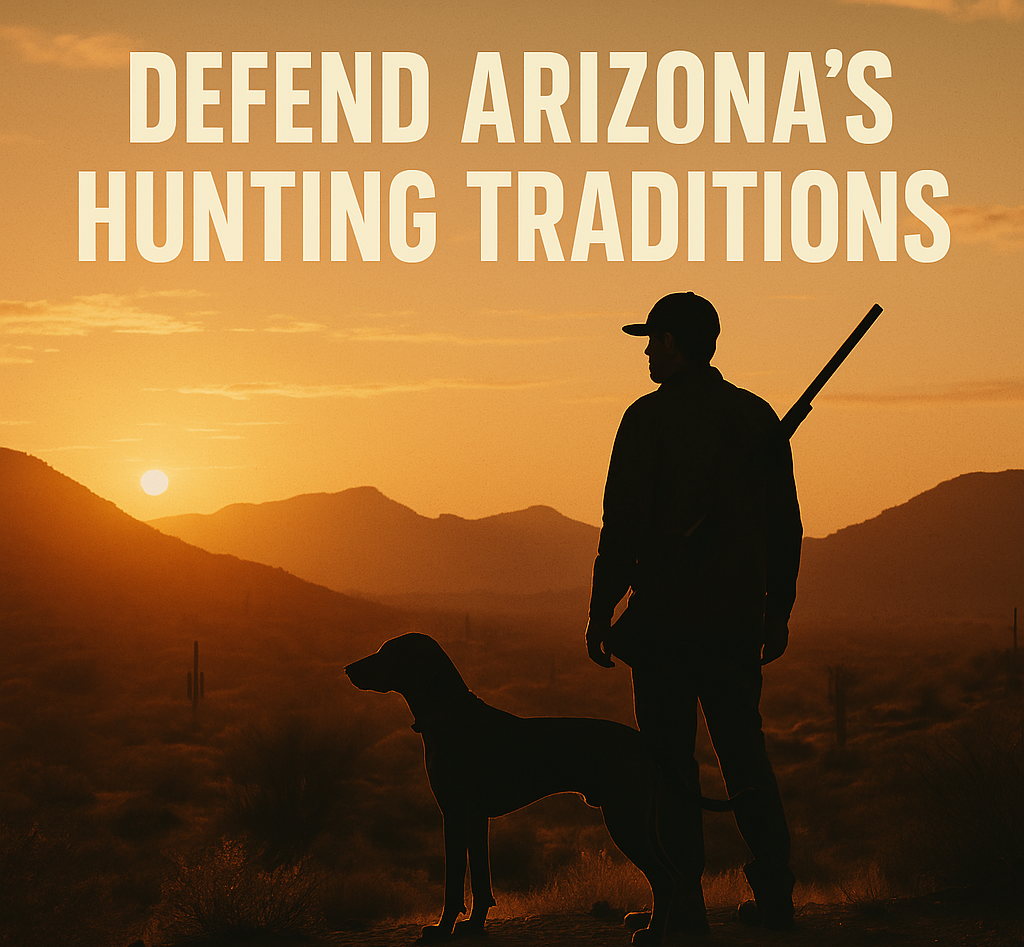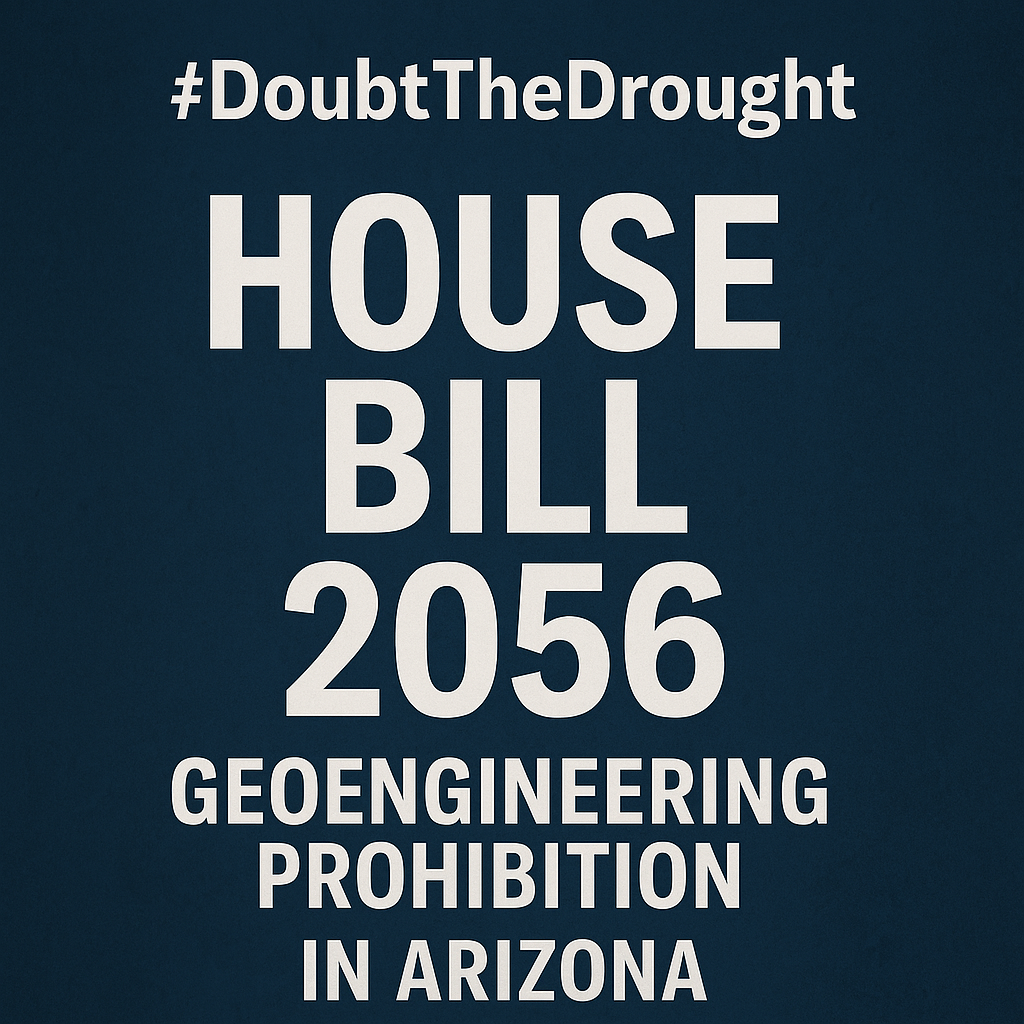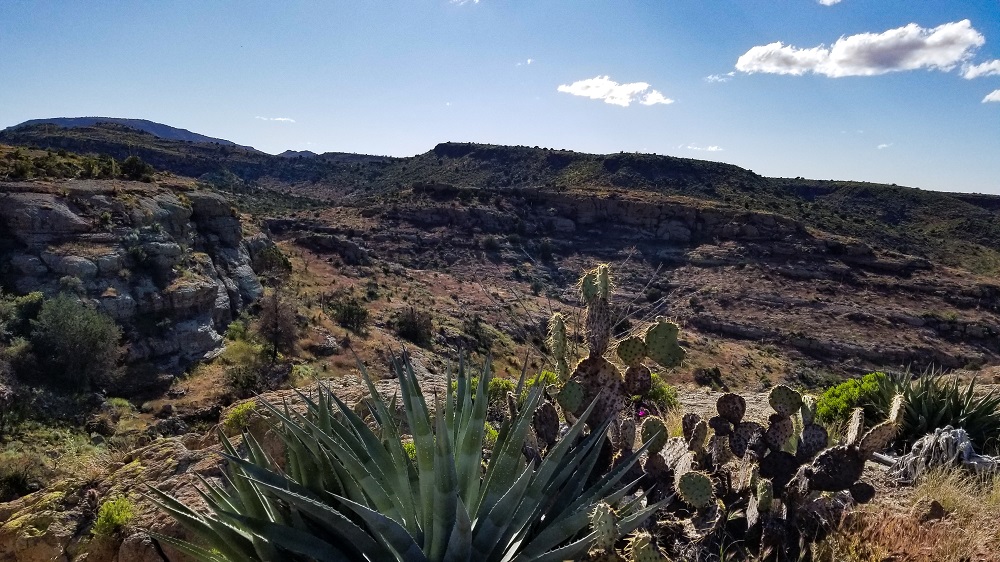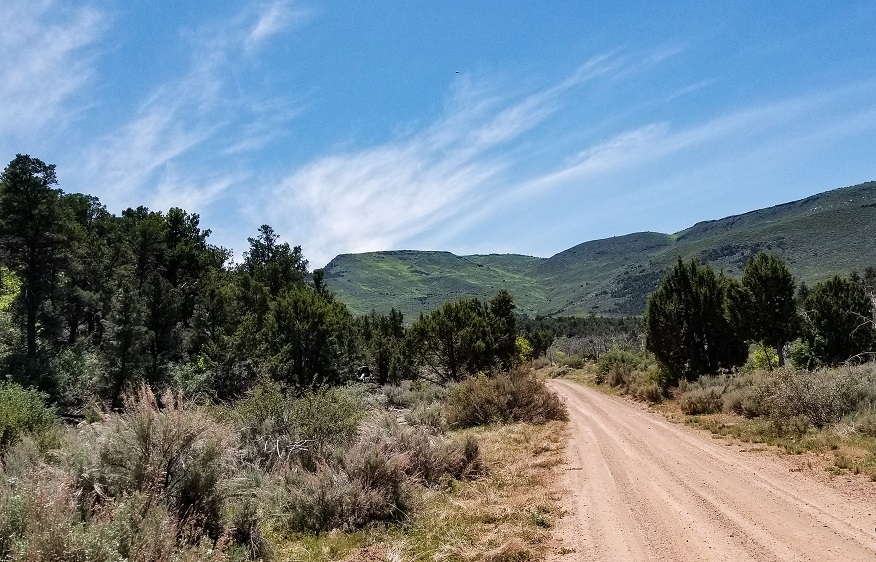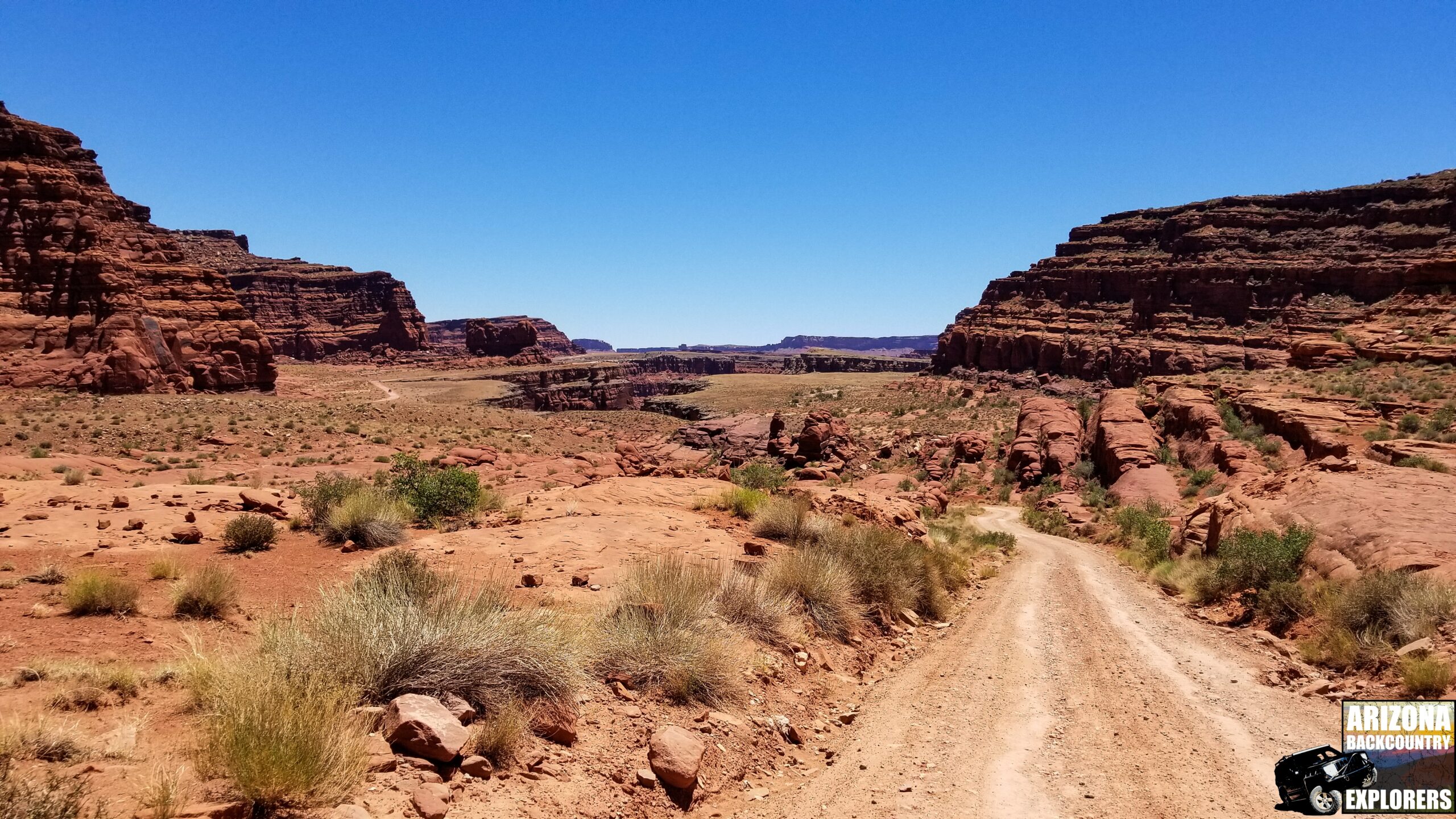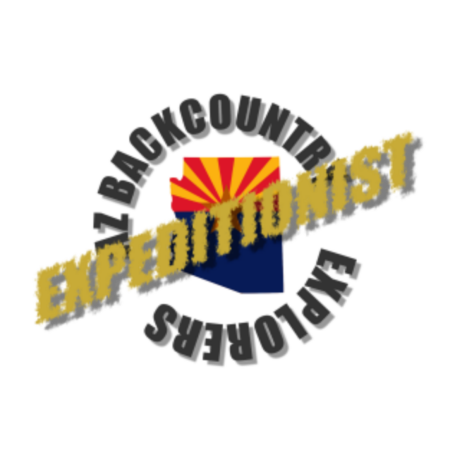Your cart is currently empty!
Posted in
I have been asked many times, “where is the best place to camp?” My response is always the same, Arizona. Our excess of public land allows us to camp nearly anywhere in the state. Not including private property, most areas are open for camping. With thousands of miles of backroads, the possibilities are endless.
Escape the crowds and go camping in the Arizona backcountry
In this article, I will attempt to highlight every single camping opportunity in Arizona. My idea is to provide the ultimate resource guide for both primitive and designated camping. Below you will find information on who, what, where, and when. I hope this article will give you a starting point for finding your next adventure. Bookmark this article because you might want to come back.

How to find the best-dispersed camping in Arizona
The best camping in Arizona isn’t found at a designated campground, OHV area, or the KOA. But for camping’s sake, we will also talk about those. I always suggest people stay away from the designated campgrounds and avoid the high-traffic dispersed camping areas. For a real wilderness experience, you must submerge yourself in lonesomeness, silence, and pure isolation. The best camping in Arizona is down the road less traveled, and trust me; we have many.
When it comes to picking a campsite in Arizona, it’s best to travel far away from the pavement. Of course, this is not feasible for everyone. My favorite campsites are abandoned cabins, a ranch, or a mountain spring. I love camping on mountain-tops with a view or surrounded by massive canyon walls. A natural arch or cave will also due. My idea of the best campsite will provide at least one thing, solitude.
Picking a campsite
The search for a campsite begins while I’m planning my adventure. First, I prepare my backcountry route using old topo maps. 1950s topo maps show names and locations of mountain springs, rivers, mines, historic towns, ruins, mountain peaks, cabins, cemeteries, and other places to see. All of these locations provide an opportunity to re-enact the daily life of the Arizona pioneers who settled on this land.
A quick scan with Google Earth will typically exhibit patches void of vegetation. This method allows me to get a digital illustration of the views and surrounding area. I can keep my distance from private property and scope out more recreation opportunities. However, things might change once I get out there. I never let the plan seize an excellent opportunity.
I’m never going to only camp. The term “base camp” doesn’t exist in our adventures. We are always on the move. Sometimes you just have to wing it and find a proper spot. Usually, it’s those spontaneous judgments that create the best memories.
You will find many excellent places to camp in Arizona. It’s just a matter of finding the right place for you. I have areas I consider heaven. When I go, there won’t be anyone to intervene. The only engine I will hear is my own, and it’s going to be clean like I left it. These places are way down the beaten path. The next time you pass that little side trail, take it. I bet it leads to an excellent campsite.
Where to go camping in Arizona
There are numerous land management agencies in Arizona. State, federal, and tribal all have different sets of rules and recreation opportunities. The Bureau of Land Management and the US Forest Service manage most of the public domain. These areas provide endless possibilities for adventure. Below, I will go through all land management agencies in Arizona. You will find information on both dispersed camping and designated camping.
We have hundreds, if not thousands, of recreation areas all over the state. Look for links to Interactive Maps showing designated campsites and 4×4 trails, hiking trails, fishing, target shooting, state parks, national monuments, and other recreational opportunities across Arizona.
Camping on USDA Forest Service Land in Arizona
There are six National Forests in Arizona. Arizona’s National Forests provide endless recreational opportunities. Some world-famous places, such as the Grand Canyon, Mogollon Rim, and Fossil Creek, attract thousands of people every year. Like local snowbirds, our recreational lifestyle migrates with the cold weather. Some of the most pristine, wild places can be found right here in Arizona.
No permits or fees are required for dispersed camping in Arizona’s National Forests. Forest Service land is under travel management, and dispersed camping is limited to certain areas. To know where to legally camp, you must have a Motor Vehicle Use Map. Dispersed camping areas are highlighted in yellow on the map. You can obtain a Motor Vehicle Use Map from each National Forest website.
The Tonto National Forest and the Red Rock Ranger District of the Coconino National Forest require a special pass to use developed areas with facilities. Likewise, most designated campgrounds require a fee. The Forest Service also has cabins you can rent for a weekend. They are maintained by the Forest Service and must be reserved in advance.
Most designated campgrounds and Forest roads are closed during the winter months. With the smallest amount of snow on the ground, it’s likely the road and/or campsite is closed. Below, you will find a list of links and phone numbers for each National Forest in Arizona. Forest rangers are available from 8 AM to 4 PM to answer any questions you might have.
Tonto National Forest 602.225.5200
Prescott National Forest 928.443.8000
Coconino National Forest 928.527.3600
Kaibab National Forest 928.635.8200
Apache Sitgreaves National Forest 928.333.6280
Coronado National Forest 520.388.8300
Camping on Bureau of Land Management (BLM) Land in Arizona
Pull over to the side of the trail, pick a spot, and set up camp. BLM land is open for camping everywhere in Arizona. Most trails remain open year-round, and maintenance is minimal. There are thousands of miles of access routes, all of which provide great campsites and numerous recreational opportunities. Dispersed camping is allowed anywhere on BLM land with no permit or fees.
Designated BLM campsites are also available. They are generally busy, and vacancies can vary. There are many BLM recreation areas around the state. From OHV and river access areas to wilderness and national monuments, BLM has it all. Most designated campsites require a fee.
To learn more about camping on the Bureau of Land Management land, CLICK HERE.
Camping in Arizona State Parks and Trails
There are 34 state parks throughout Arizona. Most state parks have both primitive and designated camping. Some parks have primitive camping on foot only, and others are entirely closed altogether. These campgrounds are available for a daily fee and are well maintained.
Furthermore, Arizona Parks and Trails maintains many offroad trails throughout the state. These are not state parks. Along these trails, you can find primitive camping. Many 4×4 trails from the Arizona Parks and Trails offer other recreation opportunities, including access to federal public land.
ALAMO LAKE STATE PARK
BUCKSKIN MTN STATE PARK
CATALINA STATE PARK
CATTAIL COVE STATE PARK
COLORADO RIVER STATE HISTORIC PARK
DANKWORTH POND STATE PARK
DEAD HORSE RANCH STATE PARK
FOOL HOLLOW LAKE RECREATION AREA
FORT VERDE STATE HISTORIC PARK
GRANITE MTN HOTSHOTS MEMORIAL STATE PARK
HAVASU RIVIERA STATE PARK
HOMOLOVI STATE PARK
JEROME STATE HISTORIC PARK
KARTCHNER CAVERNS STATE PARK
LAKE HAVASU STATE PARK
LOST DUTCHMAN STATE PARK
LYMAN LAKE STATE PARK
MCFARLAND STATE HISTORIC PARK
ORACLE STATE PARK
PATAGONIA LAKE STATE PARK
PICACHO PEAK STATE PARK
RED ROCK STATE PARK
RIORDAN MANSION STATE HISTORIC PARK
RIVER ISLAND STATE PARK
ROCKIN’ RIVER RANCH STATE PARK
ROPER LAKE STATE PARK
SAN RAFAEL STATE NATURAL AREA
SLIDE ROCK STATE PARK
SONOITA CREEK STATE NATURAL AREA
TOMBSTONE COURTHOUSE STATE HISTORIC PARK
TONTO NATURAL BRIDGE STATE PARK
TUBAC PRESIDIO STATE HISTORIC PARK
VERDE RIVER GREENWAY STATE NATURAL AREA
YUMA TERRITORIAL PRISON STATE HISTORIC PARK
Camping on US Fish and Wildlife Service Land in Arizona
US Fish and Wildlife manages a total of 9 wildlife refuges and 3 fish hatcheries throughout Arizona. These pristine areas offer various recreational opportunities, including camping, hiking, and technical 4×4 trails. Many allow motorized access. The primary purpose of these areas is hunting and fishing. Some have cabins available on a first-come, first-served basis.
Each Wildlife Refuge has a separate set of rules and regulations. Use the links below to find a Wildlife Refuge in Arizona. You will find the rules on each refuge website under the “Visit” tab in the menu.
Some Wildlife Refuges allow dispersed camping while others don’t. Many have developed camping areas and prohibit dispersed camping. Some are entirely closed to camping altogether.
Bill Williams River National Wildlife Refuge Parker, AZ 928-667-4144
Buenos Aires National Wildlife Refuge Sasabe, AZ 520-823-4251
Cabeza Prieta National Wildlife Refuge Ajo, AZ 520-387-6483
Cibola National Wildlife Refuge Cibola, AZ 928-857-3253
Havasu National Wildlife Refuge Needles, CA 760-326-3853
Imperial National Wildlife Refuge Yuma, AZ 928-783-3371
Kofa National Wildlife Refuge Yuma, AZ 928-783-7861
Leslie Canyon National Wildlife Refuge Douglas, AZ 520-364-2104
San Bernardino National Wildlife Refuge Douglas, AZ 520-364-2104
Camping on National Park Service Land in Arizona
Arizona is home to 22 national parks and attracts over 13 million people every year. Most national parks offer primitive and designated camping. Parashant, Lake Mead, and Grand Canyon offer some of the best hiking opportunities, challenging 4×4 trails, and camping. These are the most beautiful and pristine lands in America, and the rules vary from park to park.
Canyon de Chelly
Casa Grande Ruins
Chiricahua
Coronado
Fort Bowie
Glen Canyon
Grand Canyon
Hubbell Trading Post
Juan Bautista de Anza
Lake Mead
Montezuma Castle
Navajo
Old Spanish
Organ Pipe Cactus
Parashant
Petrified Forest
Pipe Spring
Saguaro
To learn more about Arizona’s National Parks, CLICK HERE.
To view an interactive map of all National Parks, CLICK HERE.
Camping on US Bureau of Reclamation Land in Arizona
The Bureau of Reclamation is responsible for many recreation areas throughout Arizona. Most areas are managed by the entities mentioned above. Arizona is home to two National Recreation Areas. Lake Mead National Recreation Area and Glen Canyon National Recreation Area. Both were created by Reclamation and are under the jurisdiction of the National Park Service.
Likewise, Reclamation is responsible for four National Wildlife Refuges. Bill Williams, Havasu, Cibola, and Imperial.
To learn more about camping on the Bureau of Reclamation land in Arizona, CLICK HERE.
Camping in Arizona on non-public lands
Some non-public lands are also open for camping in Arizona. These places are not yours, nor do they belong to the public. However, the owners of these lands are generous enough to let others enjoy them. You must respect these places as if you’re a guest in someone’s home. These places can be shut down without notice or public input.
Private property
Private property is sometimes open for camping in Arizona. The Arizona Game and Fish has several programs to encourage landowners to keep the gate open. These programs include creating recreational opportunities for the public and retaining access to federal and state lands.
To learn more about these programs, CLICK HERE.
But don’t be mistaken; consider private property closed unless you’re invited. You’re likely to get yourself in some trouble by crossing a No Trespassing sign or a locked gate. The landowners who allow the public to access their land are very generous and should be treated as such. These ranchers are critical players in retaining access to our public lands. It’s essential to have proper etiquette while visiting these places.
To read more about private property, CLICK HERE.
Camping on Arizona State Trust land
The Arizona State Trust Land Department is responsible for managing over 10 million acres of state lands and is open for camping. A permit is required for camping on Arizona state trust land. You can purchase your permit from the Arizona Land Department. It’s hard to know where state trust land is located. I recommend buying your permit if you adventure in the Arizona backcountry. Getting caught without one can cost you around $4,500. No, a hunting and fishing license will not work.
The Arizona Trust has acquired some of the most beautiful places in Arizona. From Wickenburg up to Yarnell, over to Salome, and as far north as the Havasupai Indian land is all Arizona Trust land. This area encompasses vast canyons, rocky granite mountains, tall mesas, vast grasslands, and hidden remains of the past. These areas provide excellent recreation opportunities, including technical 4×4 trails, and great hiking, hunting, and fishing.
To read more about the Arizona trust land permit, CLICK HERE.
Camping on Tribal Land in Arizona
Tribal Land is also open for camping in Arizona. Each reservation has its own rules, and permits may be required. Some reservations allow non-tribal members to enjoy the culture and beautiful land. Despite the controversy, non-tribal members are welcomed with open arms. Tribal land can provide some of the best camping opportunities in the state, along with the most beautiful experiences mother nature has to offer.
Make sure you contact the Tribal Government of the corresponding tribe you wish to visit. DO NOT just go without full knowledge of the rules and wishes of the tribe. Tribal land is considered sacred, and tribal governments take it seriously. Your belongings, including your vehicle, will be confiscated on certain reservations.
To learn more about camping on tribal land in Arizona, contact the tribal government you wish to visit. For the most part, the rules are unclear, and you will receive mixed answers. I suggest speaking with tribal police to make sure you cover every base.
Some general information about camping in Arizona
Spread out. The idea of dispersed camping is to give your neighbor some room. I try to allow at least a mile distance between myself and the next camper. Chances are if you see somebody camping in the deep backcountry of Arizona, they’re looking for the same thing you are, solitude. Give them some space.
Use existing fire rings. Fire rings are all over. If you’re looking for a good campsite, it’s likely that somebody else has already found it, built a fire ring, and it’s ready for your enjoyment. Some fire rings I have used have been around since I was a child.
Use down and dead firewood. Part of the fun of camping is collecting the firewood. Packing in wood from other areas can contribute to the spread of harmful insects that can severely harm forests. Plus, you lighten the load without firewood. Using down and dead wood manicures, the forest floor, prevents the spread of insects and disease, and lowers the risk of wildfires.
14-day camping limit. A camping limit is set on all camping in Arizona. You can camp in the same place for up to 14 days. On the 15th day, you must relocate no less than 25 miles away.
No camping within 1/4 mile of a wildlife tank. Camping in a place that prevents wildlife from accessing water is not allowed. It could be the only source of water for miles. Your presence will prevent most wildlife from approaching a wildlife tank. Keep some distance and share the land with our fellow bearers of life.
Check fire restrictions. Fire restrictions are set every year. The Arizona Department of Forestry and Fire Management and federal land managers are very well aware of the backcountry conditions. Fire restrictions are set depending on the dry conditions throughout a particular region.
Use common sense. These are the rules that we all should know. Pick up your trash, adequately drown your campfire, be respectful to others, and always go prepared.
You may also like…

Visit the AZBackroads.com Store

Please Become A Member
We need your help to keep our backroads open. Please join today!
